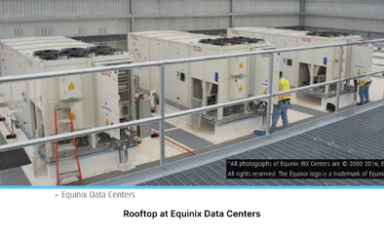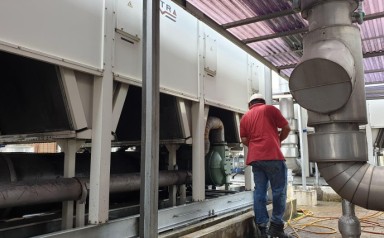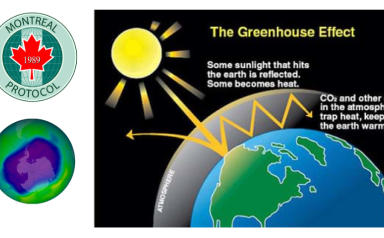
Human Comfort & Konsep Dasar Perpindahan Panas pada Air Conditioning
Ada beberapa faktor yang membuat kenyamanan/human comfort terjadi, seperti suhu udara, kelembaban, pergerakan/alira udara, udara segar (O2) yang memadai, kebersihan udara, tingkat kebisingan, pencahayaan, dan peralatan serta furniture kerja yang tepat. Kali ini kita akan fokus membahas kenyamanan terkait panas (thermal comfort). Thermal comfort bergantung pada pengkondisian suhu (dry bulb), kelembaban (humidity), efek radiasi dan pergerakan udara (air motion).
 Chat with us
Chat with us









